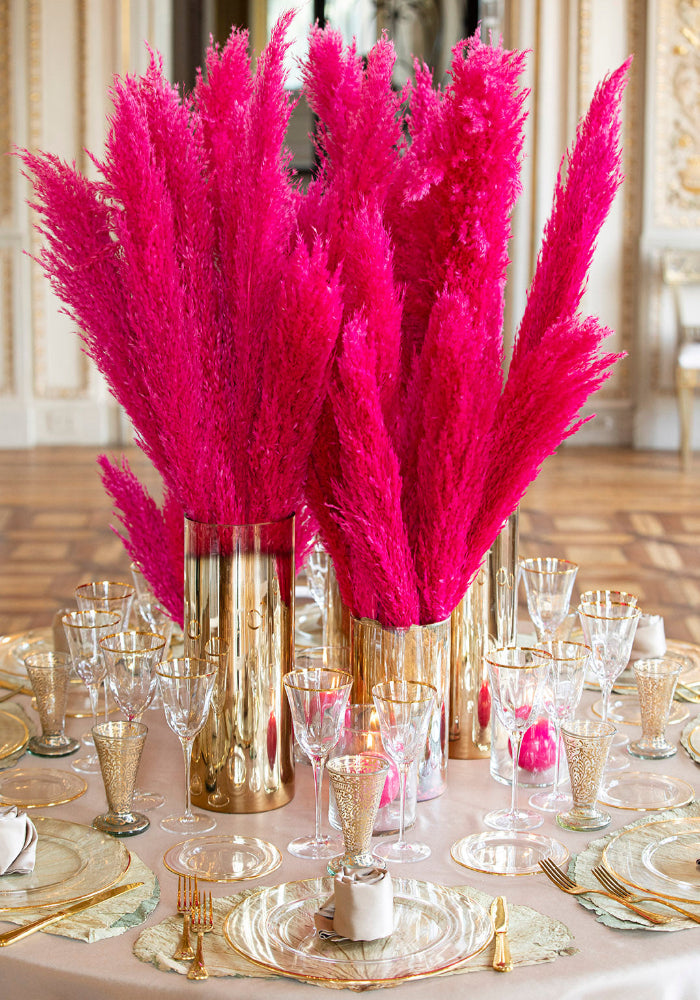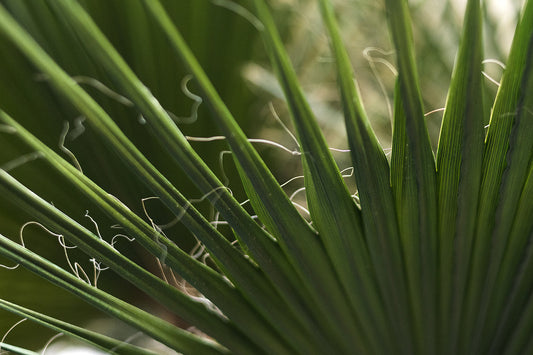Nature becomes design, without constraints
In a world where the lines between architecture, art, and botany are becoming increasingly blurred, preserved plants are proving to be a valuable ally in designing refined, exciting, and sustainable spaces.
Not just decorative elements: trees, palms, bonsai, and green walls become an integral part of the interior design, designed with the same care as the furnishings, lighting, and materials.
How a project with stabilized flora is born
1. Listening and analyzing the space
Each project begins with a site visit (physical or digital) to understand the dimensions, flows, materials, and purpose of the space. There are no limits: the preserved flora requires no light, water, or specific temperatures.
2. Definition of the concept
A tree taking center stage in a lobby, a palm tree next to a window display, a bonsai on a console table, or a green wall in a restaurant: choose the plant presence that best suits the space, integrating style, color palette, and proportions.
3. Choice of essences
Each plant conveys a specific identity. Depending on the objective (welcoming, relaxing, elegant, energetic), the most coherent essence is selected.
4. Study of vases and containers
Vases aren't accessories. They can be textured, sculptural, subtle, or striking. Often custom-made in ceramic, glass, wood, or metal, they complement their surroundings.
5. Setup and positioning
Each preserved plant is treated with artisanal care. The placement is carefully calibrated to ensure proportion, harmony, and functionality, avoiding visual clutter and ensuring a harmonious blend with the surrounding environment.
Guidelines for designing with stabilized plants
✔ Choose a few, but scenic elements
Better a single, well-positioned tree than a mass of scattered plants. Stabilized greenery is powerful even in small doses.
✔ Play with heights
Mixing tall trees, low bonsai, and vertical walls creates movement and depth.
✔ Coordinates with the room's palette
From sage green to eucalyptus gray, each plant can also be chosen based on the dominant color of the space.
✔ Enhances “difficult” corners
Dead zones or blind spots become points of interest when animated by a plant composition.
✔ Consider the sensory experience
Not just visual beauty: preserved mosses and branches stimulate the sense of touch, transmitting a sense of calm and natural connection.
Where to use preserved flora: inspirations
- Hotels and Resorts: monumental trees in the lobby, decorative mosses in the rooms, bonsai in the corridors.
- Spa and wellness: ferns, palms, and plant walls enhance the feeling of natural immersion.
- Boutique and showroom: photogenic and distinctive plant corners.
- Restaurants: centerpiece arrangements or small green touches on each table.
- Private residences: olive trees and bonsai in living areas, green walls in passageways or bathrooms.
Benefits for architects and interior designers
- Total design freedom
No restrictions on exposure, light or water systems. - Durability and reliability
The plants remain perfect over time, avoiding replacement or maintenance costs. -
Controlled aesthetic impact
Every detail is handcrafted, with full control over the final result.
Decorating with preserved plants means overcoming the dichotomy between nature and artifice. It's an aesthetic, functional, and sustainable choice. A design solution that speaks of care, balance, and sensitivity to time.





